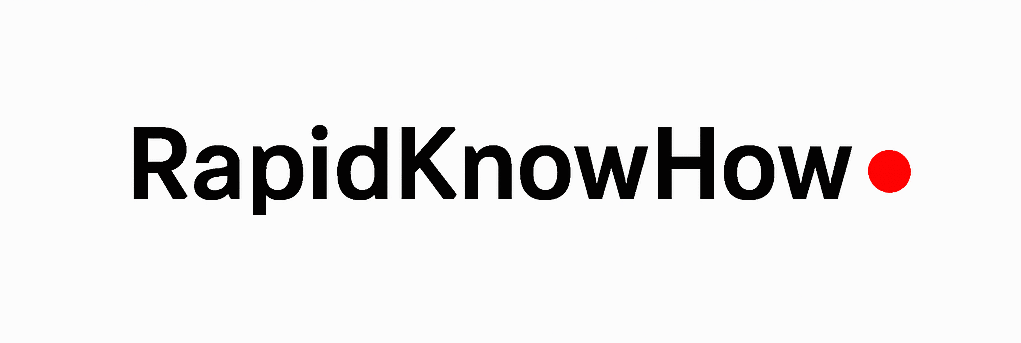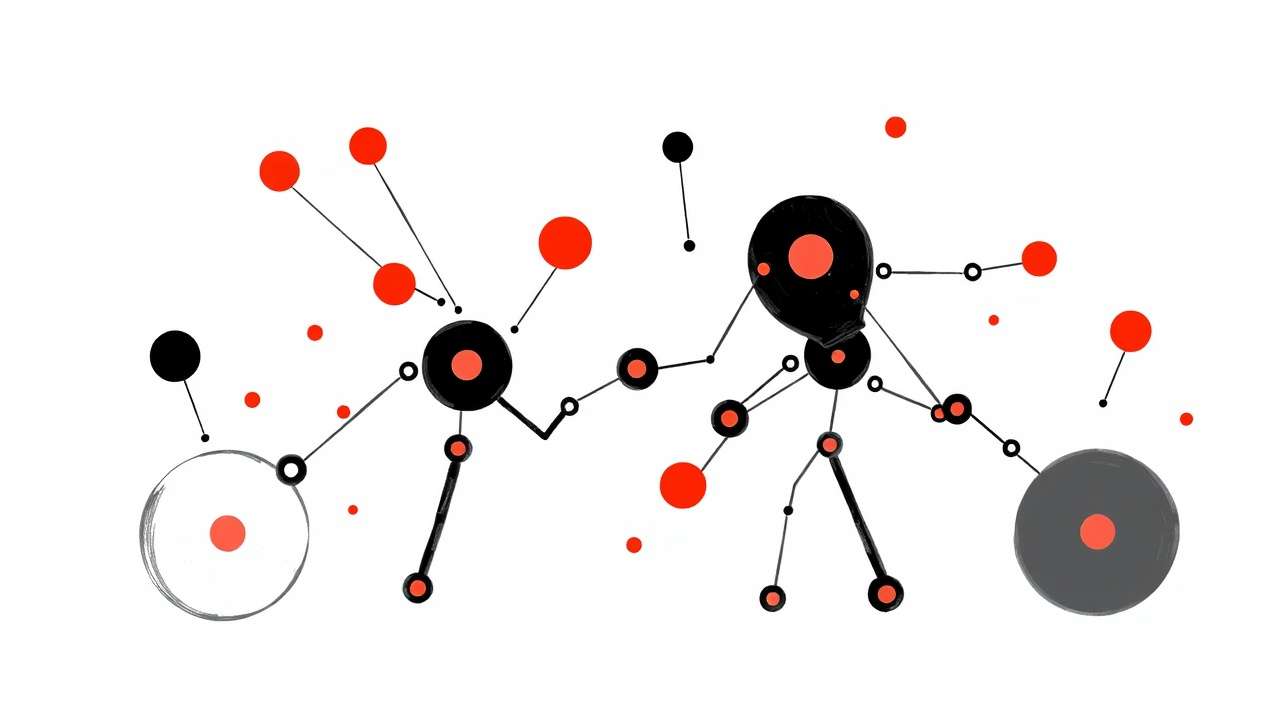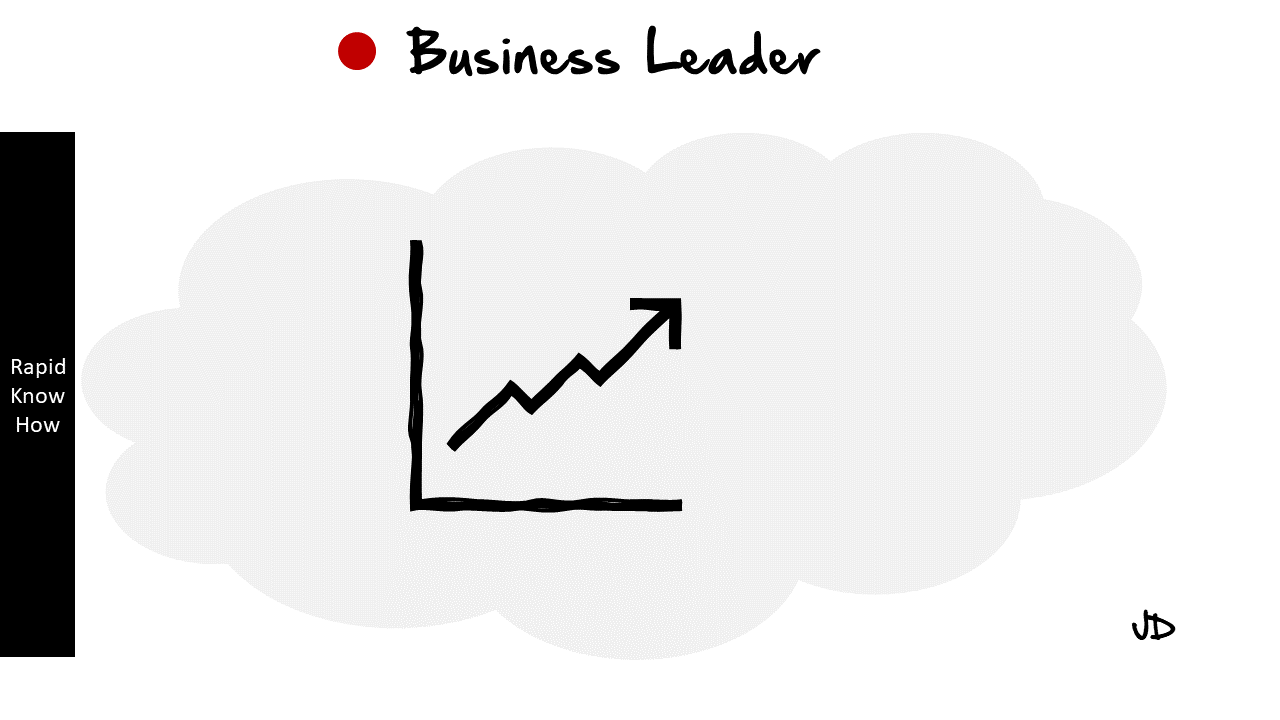Creating Your Learning Ecosystem Blueprint
Audit Your Education System → Identify Barriers → Design the Future of Learning
“You can’t transform what you haven’t made transparent.”
— RapidKnowHow + ChatGPT
🔍 STRATEGIC INSIGHT: WHY YOU MUST START WITH AN AUDIT
Before you can reinvent learning, you must first see it clearly — as a living system, not a collection of institutions.
Between 2025 and 2030, the most successful education and corporate learning leaders will treat learning ecosystems like economic systems: measurable, data-driven, and continuously adaptive.
An audit is not about criticism.
It’s about clarity — the foundation for transformation.
Learning Ecosystem = (Transparency × Trust × Technology) ÷ Inertia
🧩 STEP 1 — AUDIT YOUR EDUCATION SYSTEM
Goal: Make the invisible visible. Map where learning value is created, delayed, or lost.
| Dimension | Key Questions | Audit Indicator (0-100) |
|---|---|---|
| 1️⃣ Governance & Vision | Is there a clear, shared purpose for learning? Is innovation part of the mission? | Vision clarity, leadership buy-in |
| 2️⃣ Curriculum Relevance | Do programs align with 2025–2030 skills (AI, data, sustainability, empathy)? | Skills match score |
| 3️⃣ Delivery Speed | How fast can a new course or module be launched? | Time-to-market (weeks) |
| 4️⃣ Learner Experience | Are learners active producers or passive recipients? | Engagement index |
| 5️⃣ Technology Integration | How effectively is AI used for personalization and feedback? | AI-use maturity |
| 6️⃣ Data Transparency | Is learning data shared, open, and actionable? | Data openness score |
| 7️⃣ Funding & Incentives | Do funding models reward innovation or routine? | Innovation incentive ratio |
| 8️⃣ Collaboration Network | How strong are links between academia, business, and communities? | Partnership density |
| 9️⃣ Teacher Empowerment | Are educators trained and incentivized for digital facilitation? | Faculty readiness |
| 🔟 Outcome Accountability | Are learning outcomes measurable and linked to real-world performance? | Outcome-impact ratio |
Audit Output:
– Identify weak links (scores < 60)
– Prioritize 2–3 bottlenecks that most restrict innovation
⚙️ STEP 2 — IDENTIFY BARRIERS TO INNOVATION
After the audit, list the barriers under three categories:
| Barrier Type | Description | Example Symptoms |
|---|---|---|
| Structural Barriers | Bureaucracy, siloed governance, outdated regulations | Long approval cycles, lack of agility |
| Cultural Barriers | Fear of failure, low trust, lack of creative autonomy | Staff resist experimentation |
| Technological Barriers | Outdated IT, lack of interoperability | Fragmented systems, no data flow |
| Financial Barriers | Funding tied to traditional metrics | Innovation projects underfunded |
| Capability Barriers | Limited AI or design-thinking skills | Teachers underprepared for blended models |
The key is not to remove all barriers at once,
but to design around them using pilot projects and rapid learning loops.
🧠 STEP 3 — BUILD YOUR LEARNING ECOSYSTEM BLUEPRINT
Purpose: Define the architecture of your learning future.
| Element | Action | Result |
|---|---|---|
| Vision & Values | Define what “learning success” means for 2030 (e.g., employability, creativity, citizenship). | Shared sense of direction |
| Stakeholders | Map roles: learners, educators, employers, AI partners. | Aligned collaboration |
| Learning Flow | Design continuous pathways: learn → apply → reflect → relearn. | Agile curriculum |
| Technology Layer | Select platforms for personalization, analytics, and content co-creation. | Digital backbone |
| Governance Model | Create a multi-stakeholder council ensuring innovation accountability. | Transparent leadership |
| Metrics Dashboard | Track Engagement, Velocity, ROICE (Return on Innovation Convenience Efficiency). | Measurable progress |
🔬 RAPIDKNOWHOW FORMULA
INNOVATION IN LEARNING = (Audit Clarity × Cultural Trust × Tech Enablement) ÷ Bureaucracy
- Audit Clarity — What is true today?
- Cultural Trust — Do people feel safe to experiment?
- Tech Enablement — Is data driving insight and action?
- Bureaucracy — Reduce it until change accelerates naturally.
🚀 CONCLUSION
“Innovation doesn’t start with technology — it starts with seeing where learning is stuck.”
To create your Learning Ecosystem Blueprint 2025–2030:
- Audit reality with brutal honesty.
- Expose friction and silence as data points.
- Turn barriers into pilot opportunities.
- Use AI and collaboration to build adaptive learning loops.
When education systems become ecosystems, learning becomes continuous, creative, and compounding.




